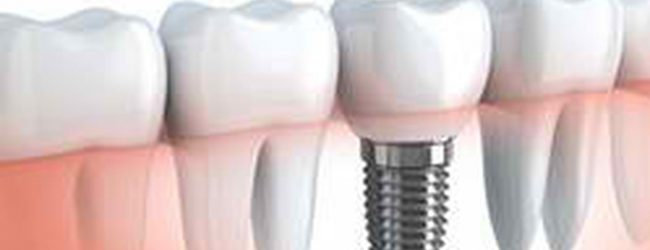
Dental implants are relatively new in the field of cosmetic dentistry and have increased in popularity over the last few years. It is a long lasting solution to replacing a tooth or indeed an entire set of teeth for a natural looking smile. The cost is significantly higher than other methods of tooth replacement but can last a lifetime.
A dental implant is an artificial tooth root which secures a replacement tooth or bridge. Once in place, they can be treated exactly like a normal tooth and require the same level of dental hygiene to prevent gum disease.
This article looks at two different types of dental implant; endosteal and subperiosteal. The abutment is usually made out of titanium and they come in different sizes and heights. The type of implant used is based on the individual requirements of the patient.
An endosteal implant is a type of dental implant that is placed inside the jawbone. The implant fuses with the jawbone to provide a stable platform for the tooth. These implants are available in two forms; root and blade. Endosteal implants in root form are the most commonly used. The procedure for using this kind of dental implant involves two separate surgeries; the first surgery inserts the implant into the jawbone and the second surgery connects a post to the implant. The process for dental implants can take approximately five to eight months. These dental implants are also known as endosseous. The patient does need to have healthy gums and enough bone to support the implant.
A subperiosteal implant is a metal framework that is placed under the gum, not in the jawbone, but on or above it. Posts are then attached to the frame. When the gums heal, the frame becomes attached to the jawbone. This type of dental implant is used most often for patients who do not have a lot of jawbone and to replace more than one tooth. Such patients are usually unable to wear dentures so dental implants are an ideal choice. Subperiosteal implants are more expensive than endosteal as they have to be custom made for the client. This can be achieved by taking a CT scan of the jaw which involves only one surgery. If an impression of the jaw is required, this involves two separate surgeries. Subperiosteal implants are less commonly used than the endosteal type.
Both types of dental implants described involve surgery and significant healing time.
